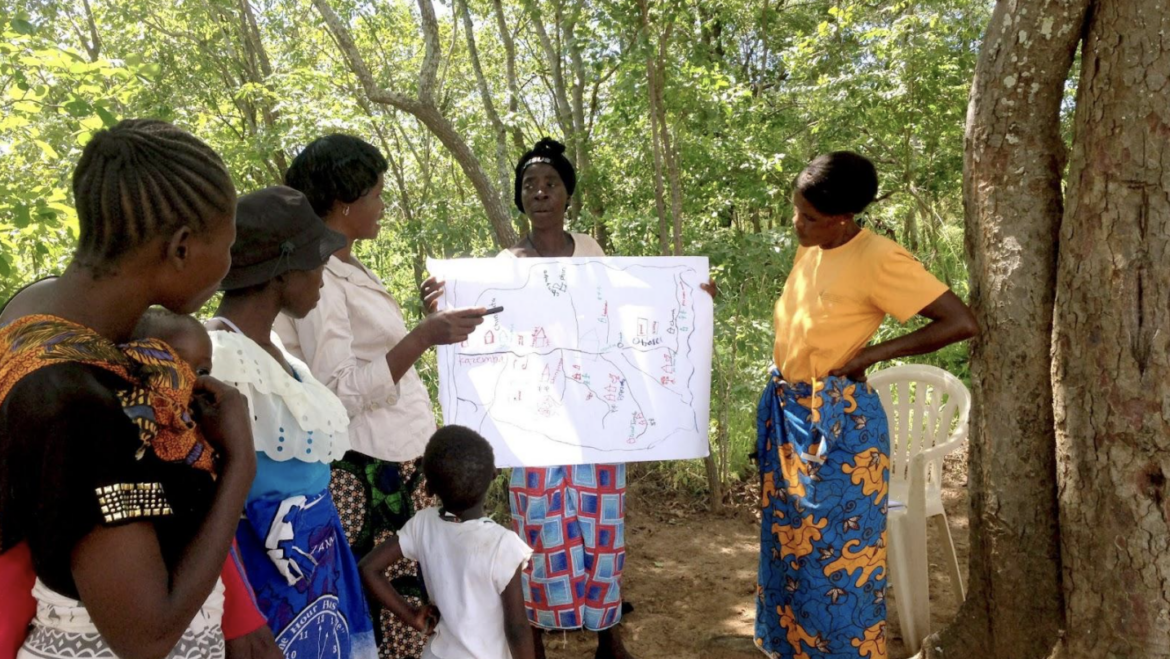For the past decade, the Cloudburst Group, as a small business prime contractor, has leaned heavily on locally owned and non-governmental organizations to achieve development objectives across the globe. As a mission-driven business focused on improving social, economic, and environmental resiliency, especially for vulnerable, marginalized, or underserved populations, Cloudburst is keenly aware of the need for buy-in and participation of local stakeholders where U.S. government (USG) funding is working to advance development objectives.
To decolonize aid is to commit to partnering with and lifting up local stakeholders to be successful USG contractors, grant recipients, and transition awardees, able to successfully navigate the complexities of sometimes unclear and bureaucratic processes that even U.S.-based companies find challenging.
Though every project presents its own unique challenges, several key practices learned from more than a decade of work for USAID and MCC help make it possible to efficiently incorporate local stakeholders as key partners to support development work:
- Utilize open or competitive selection processes to identify local partners: Market research and strategically disseminated solicitations have proven to be an effective means for identifying and vetting local partners. Similar to how the USG utilizes Requests for Qualifications (RFQs), Requests for Information (RFIs) or even industry-day briefings, widely publicized solicitations generally produce a variety of new and emerging local stakeholders capable of executing the scope of work. To mitigate risk, include a detailed pre-award questionnaire with the solicitation that asks questions about corporate structure, financial resources, accounting systems and procedures, audits, personnel management, and procurement policies.
- Plan for high-intensity mentoring and advisory support from all levels of your organization when engaging a new partner: Navigating the complex work of subcontracting or grants administration is difficult for most organizations. Considering many new partners will have limited or no experience with USG funding, it is essential to mentor and coach them as they navigate the complex world of DUNS/UEI, sam.gov registration, setting rates, contract negotiations, payment terms and conditions, the ability to accept wire payments, and other requirements.
- Plan for anticipated and unanticipated expenses with any local partner: While U.S.-based organizations can take advantage of banking relationships, lines of credit, prompt payment acts, etc., the same does not apply for many local partners. Prime contractors must help local partners understand where and how they will both execute and finance the contracted or granted work. Cloudburst has found it essential to help local stakeholders with front-loaded contracts that provide financing for startup, project launch, equipment, or other costs. For example, to launch large-scale data collection, most firms will require at least 30 days of survey costs in advance. Additionally, our teams have found that fixed-price contracts with regular interval payments for deliverables are a successful method for reducing administrative burden while meeting the minimum requirements to receive USG funding. Working hand-in-hand to review costs incurred and anticipated expenses, especially when project adaptation has been needed, has proven critical to ensuring the ongoing success of local partners to mitigate financial risk.
- Build in routine and regular collaborative oversight and monitoring of activities: Collective risk mitigation is only possible when prime and subcontractors or grant recipients are in regular communication about management and execution of scope of work activities in line with performance and monitoring expectations. Regular check-ins are essential to monitor project progress, assess risk, and identify areas where local partners may require additional support. Routine reminders on deliverable and invoice submission and timing also ensure just-in-time collective problem-solving can occur.
- Co-facilitate activities together and in-person where feasible: Ongoing collaboration and co-creation have proven particularly effective in building the capacity of local partners from the outset of any new engagement. In-person work planning and scoping of assignments not only facilitates buy-in to the intent and purpose of the work, but also provides a window into the structures, systems, processes, and protocols that guide USG donor-funded activities. Involving local partners at the outset also helps ground projects in cultural context, and informs how project activities should best leverage local resources.
- Enter into partnerships with a long-range view: Invest in every new local relationship as if it is a long-term partnership, maintaining relationships after the projects end, sharing resources, and introducing them to other contractors. As organizations are engaged, capacity is built, and lessons are learned, our commitment as prime USG partners should be in lasting and sustainable capacity-building that helps all local partners develop the structures, protocols, and systems necessary to successfully participate in future USG-funded activities.
This piece was originally featured in the February 2022 edition of the SBAIC newsletter.

